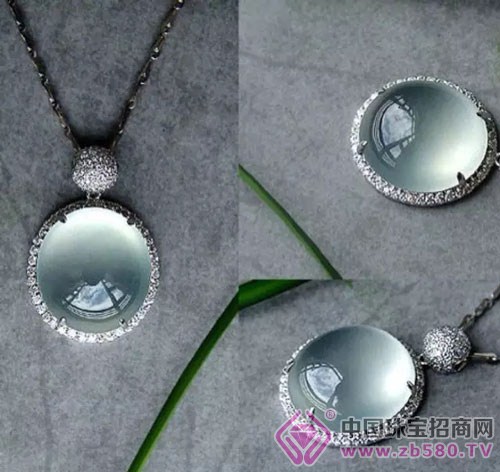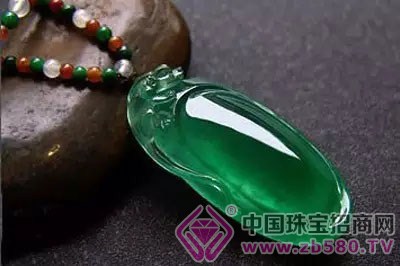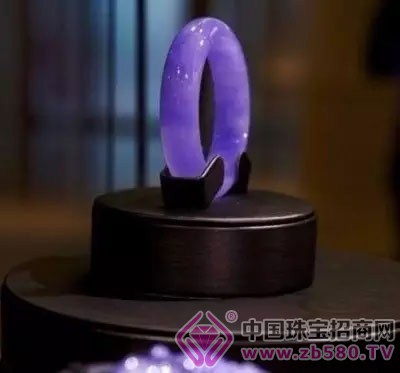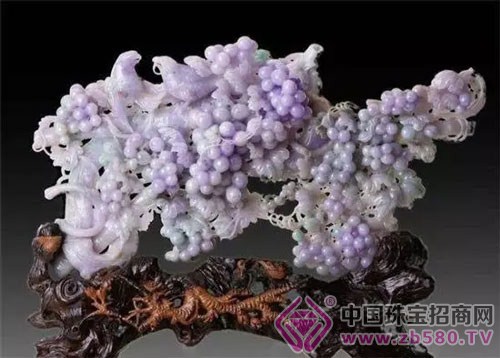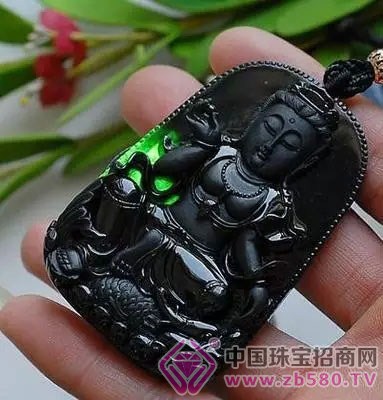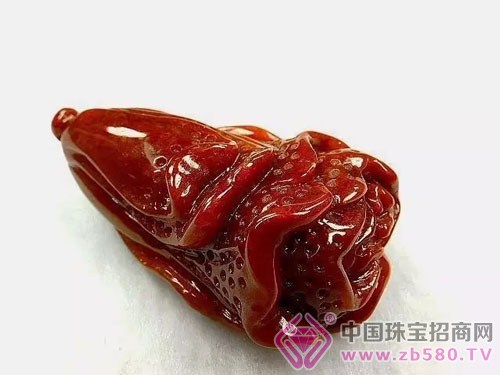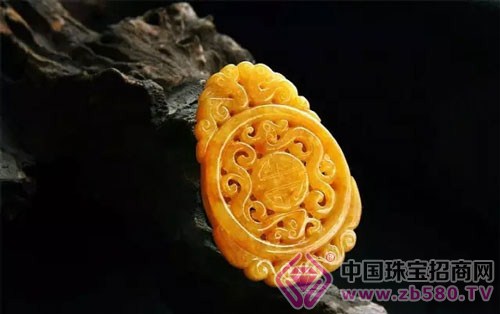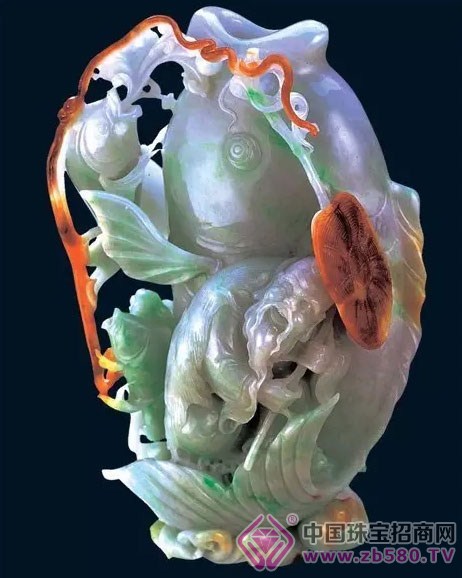Before talking about the emerald color, look at two concepts: Primary color refers to the color formed by jade under the surface of the earth under various geological conditions. This color is closely related to the chemical and mineral components of the jadeite mineral, that is, the color formed during the crystallization of the jadeite crystal. It is a relatively fixed color and cannot be dissolved with acid. For example, the white series, the purple series, the green series of various shades, and the color of the black series of jade are all native colors. Secondary color refers to the color formed under external geological conditions. After the jade is exposed to the surface, under the conditions of normal temperature, normal pressure, oxidation and water on the surface, many minerals are unstable in chemical properties, and the temperature difference between day and night changes, etc., and physical weathering and chemical weathering will occur. As a result of oxidation and hydrolysis, a weathering crust forms on the surface of the jadeite. Weathering crusts often appear yellow, brown, reddish brown, and maroon. These colors are caused by the leaching of iron oxide released by the weathering of the iron-containing minerals in the jadeite into the voids or fine cracks between the jadeite crystal particles. The definition of jade: We know that nephrite refers to Hetian jade, jadeite refers to jadeite, but jadeite is not equal to jadeite. The correct definition of jadeite is a fibrous aggregate composed of pyroxene minerals mainly composed of jadeite minerals. Jadeite is a jade-like stone polycrystalline aggregate formed under geological conditions. It is mainly composed of jade or jadeite and sodium (sodium chromite pyroxene) and soda-calcium pyroxene (omnicite), which may contain horn flashes. Stone, feldspar, chromite, limonite, etc. Due to the different mineral elements, several colors of jade are formed: white (colorless), green, purple, black (ink), yellow, red. White (colorless) Pure jadeite is white, with a single chemical composition. It is a pure sodium aluminosilicate with no pigment ions, so it is white or nearly colorless. White jade produces a lot, and most of the value is not high. However, except for ice species and above, the price of glass is particularly expensive. Although this emerald has almost no color, it is delicate and transparent like water. With its light and radiance after the glory, it is also a collection-level collection of jade. green Green is the common color in jade, which is what we all call "cui". Mainly because chromium (Cr3+) ions replace the aluminum ions (Al3+) in jadeite minerals, the content of Cr and Fe directly affects the depth of green. The higher the content of chromium (Cr3+) ions, the deeper the green. Sodium chromite (NaCrSi2O6) minerals are formed when the chromium (Cr3+) ion content reaches the limit. There is a saying in the industry: There is water everywhere in the dragon. It means that there may be several greens in a large piece of jade. The structure of the whole piece of jade is relatively thick and the water is short, but the texture of these green parts is very delicate. Ice through, long water. The image of the expert calls this green "dragon", and the texture of ice is called "water". This is called "the dragon has water everywhere." purple Purple jade is also known as "violet", which is called "spring" in the line. Powder purple, blue purple and eggplant purple. Regarding the formation of purple, there are different opinions: One view is that the purple color of jade is due to the electronic transition between Fe2+ (ferrous iron) and Fe3+ (ferric iron). Another argument is that Mn (manganese ion) coloration; It is also believed that purple is caused by the coloration of trace amounts of Ti (titanium). There is an old saying in the jade industry, "Ten Purple Nine Beans", which means that the crystal particles of purple jadeite are thicker, and the naked eye can feel grainy, like a bean and a bean. The purple jade crystal particles are usually light in color, and if the purple color is fine and the texture is fine, it is definitely the best quality. black There are two kinds of black jadeite: one is because there are too many chrome elements in the jadeite mineral, until the composition turns into omphacite, which forms a green radiance, and the strong light source illuminates green. The other is because the jadeite mine has a large number of filamentous black minerals, which are secondary. Mo Cui is also a common color. There are many black and green products in the jade market. Especially in some shops specializing in religious jewelry, Mo Cui is one of the main products, because people think that Mo Cui has a strong evil spirit. The effect of the disaster is often used as a body protector. Red, yellow The red and yellow colors in the jade are called ç¿¡, which is different from green and purple. The red and yellow are secondary colors formed on the surface of the jade after mineralization, and the coloring ions are iron ions. The red and yellow jadeites are usually dry and have poor water heads, with the highest value of pure red and yellow. Multicolor We often see that there are two or more colors on a piece of jade, and purple and green are called "spring belt color"; red and green are called "double happiness" or "Fulu double"; red, green and purple are "fu Lushou", red, yellow, green and purple are "four scorpions". If you add white, it is a precious "five blessings"! The colorful colors make the jade very ornamental. At the same time, under the people's emotional culture, jade is a symbol of wealth and can bring auspiciousness and happiness to people. Breathable And Waterproof Fabric Breathable And Waterproof Fabric,Polyester Pu Coating Fabric,3 Layers Breathable Fabric,Polyester Elastic Tpu Fabric Wujiang Bonheur Special Textile Co.,Ltd. , https://www.bonheurtex.com